20 Spiciest Cuisines Across The Globe
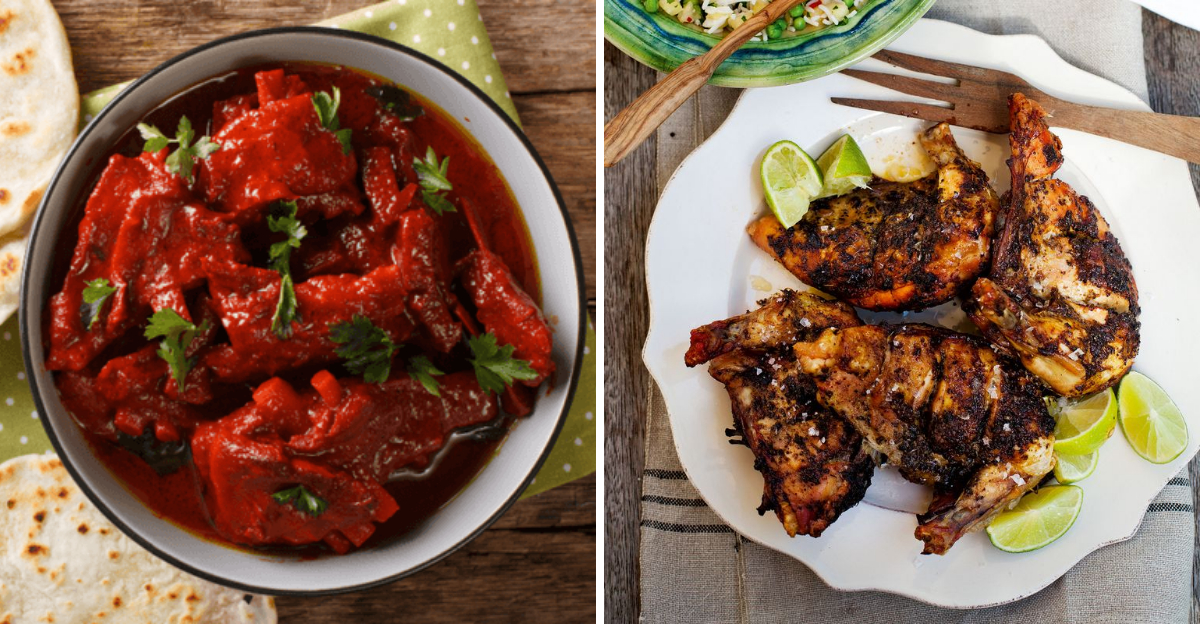
Explore the vibrant and fiery world of global cuisines renowned for their spicy flavors. From the heat-packed dishes of India to the chili-infused creations of Mexico, each culture offers a unique take on spiciness. Discover how these cuisines incorporate different types of chilies, spices, and techniques to create dishes that tantalize the taste buds and ignite a passionate love for heat. This culinary journey will take you through 20 of the spiciest cuisines worldwide, each with its own distinctive flavor profile and cultural significance.
1. Indian

From fiery vindaloo to chili-laced curries and pickles, India embraces heat with red and green chilies, black pepper, and spices like mustard seed and garam masala. These ingredients create a symphony of flavors that dance on the palate, offering both depth and heat. Indian cuisine’s spiciness varies by region, with southern dishes being particularly fiery. The use of yogurt and coconut in some recipes provides a cooling contrast, balancing the intense heat. Street foods like spicy samosas and chaat showcase India’s love for spice, making every bite an adventure. India’s spice history is as rich as its flavors.
2. Thai
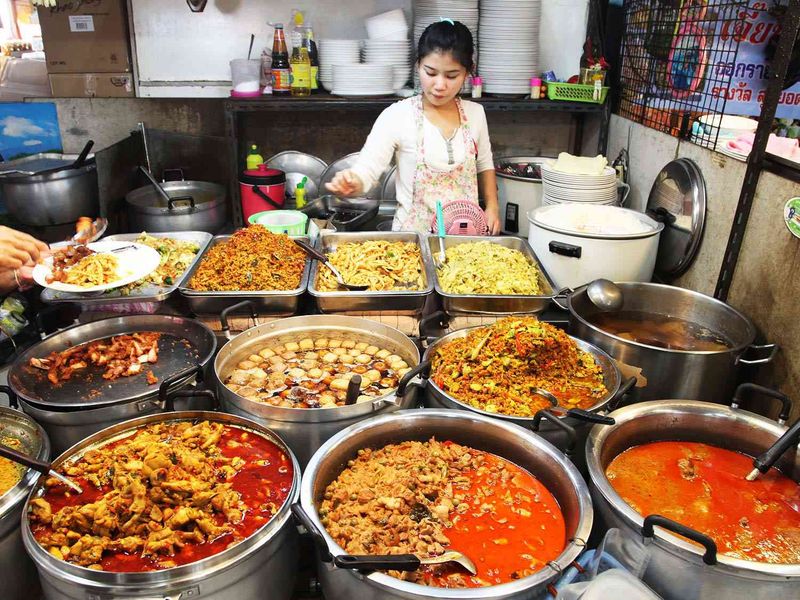
Known for its balance of sweet, sour, salty, and spicy, Thai dishes like green curry and som tam (papaya salad) often include bird’s eye chilies that pack serious heat. These small chilies are mighty, bringing tears to the eyes yet leaving you craving more. Thai cuisine’s philosophy focuses on balance, and even the spiciest dishes achieve harmony in flavors. Lemongrass and lime provide refreshing notes, while fish sauce adds depth. Street vendors skillfully prepare dishes with a fiery flair, making Thailand a paradise for spice enthusiasts. The heat of Thai food is unforgettable.
3. Sichuan (China)
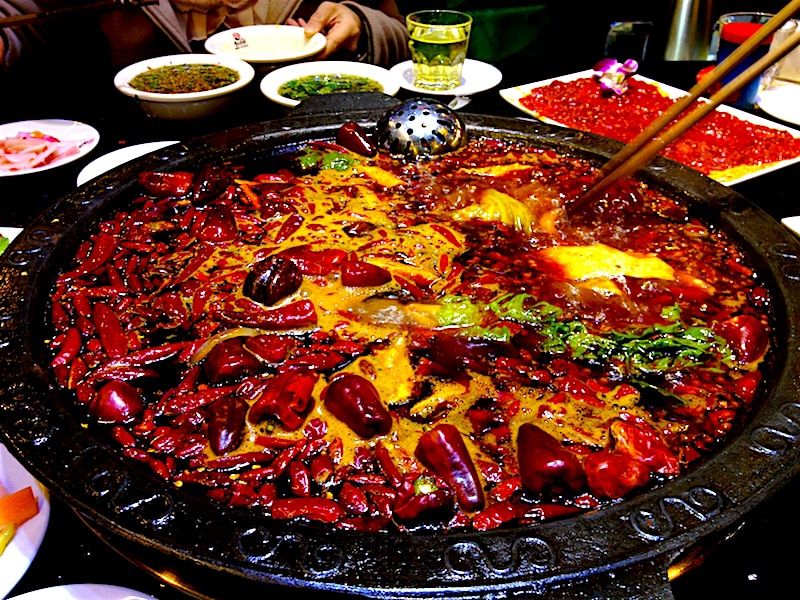
Home of the numbing Sichuan peppercorn and dried red chilies, this cuisine brings the infamous “mala” sensation—numbing, tingling, and spicy all at once. Sichuan dishes are an adventure for the senses, often leaving a tingling sensation on the lips. The heat is not just about temperature but also about depth and complexity. Dishes like mapo tofu and hotpot embody this unique flavor combination, leaving diners enchanted by the intricate play of spices. The region’s rich culinary heritage makes Sichuan cuisine a must-try for chili lovers. It’s a fiery experience filled with bold flavors.
4. Mexican
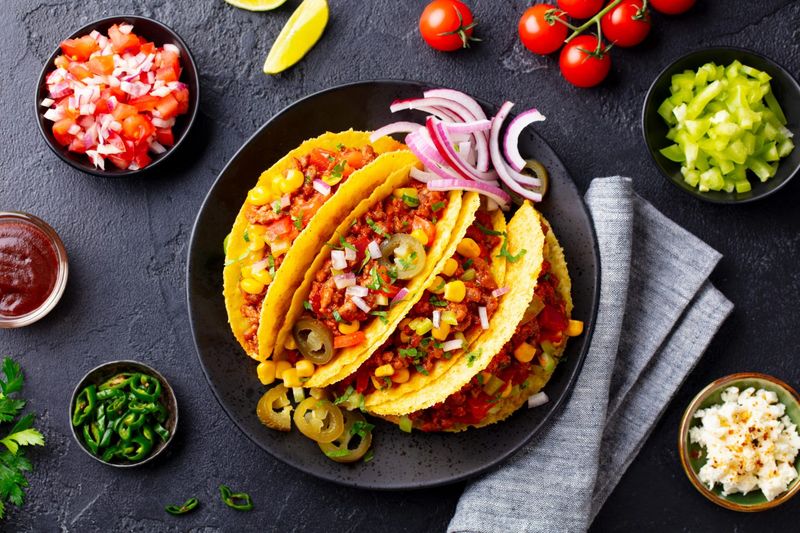
Chilies are life in Mexico — from jalapeños to habaneros and smoky chipotles. The rich diversity of chilies used in Mexican cuisine creates layers of flavor, each with its own distinct heat profile. Even sweets and fruits get the spicy treatment with Tajín and chamoy, adding a unique kick to traditional flavors. Street tacos, enchiladas, and mole sauces showcase the country’s deep-rooted love for spice. Mexican food celebrates the chili’s versatility, offering everything from mild to explosive heat. The result is a cuisine that delights and challenges the palate with its fiery essence.
5. Korean

Korean food uses gochugaru (red pepper flakes) and gochujang (chili paste) in everything from kimchi to tteokbokki, creating a cuisine rich in flavors and tradition. These ingredients bring a warmth that satisfies and excites the senses. Spicy and fermented is the name of the game, with dishes that are both fiery and deeply satisfying. Korean BBQ, accompanied by spicy side dishes, is a social affair that highlights the communal aspect of dining. The balance of heat and flavor in Korean cuisine is a testament to its cultural heritage, offering a deliciously spicy experience.
6. Ethiopian
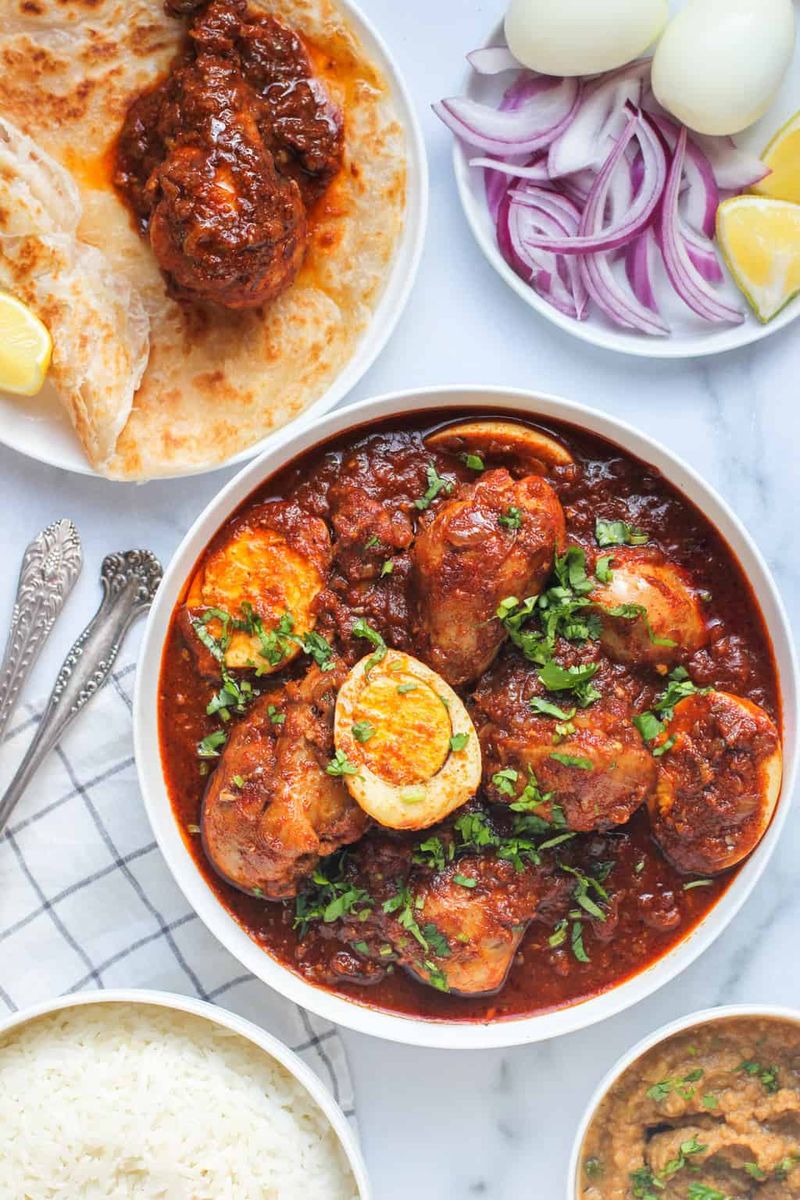
The key spice mix, berbere, includes chili powder, garlic, ginger, and fenugreek, making Ethiopian cuisine a bold and heat-packed experience. Stews like doro wat are rich in flavor, with a spiciness that builds slowly and leaves a lasting impression. The use of injera, a sourdough flatbread, provides a unique way to enjoy these fiery dishes, soaking up the intricate spices. Ethiopian food is not just about heat but about a symphony of flavors that are deeply satisfying. The communal dining style adds to the warmth and hospitality of this vibrant cuisine.
7. Jamaican
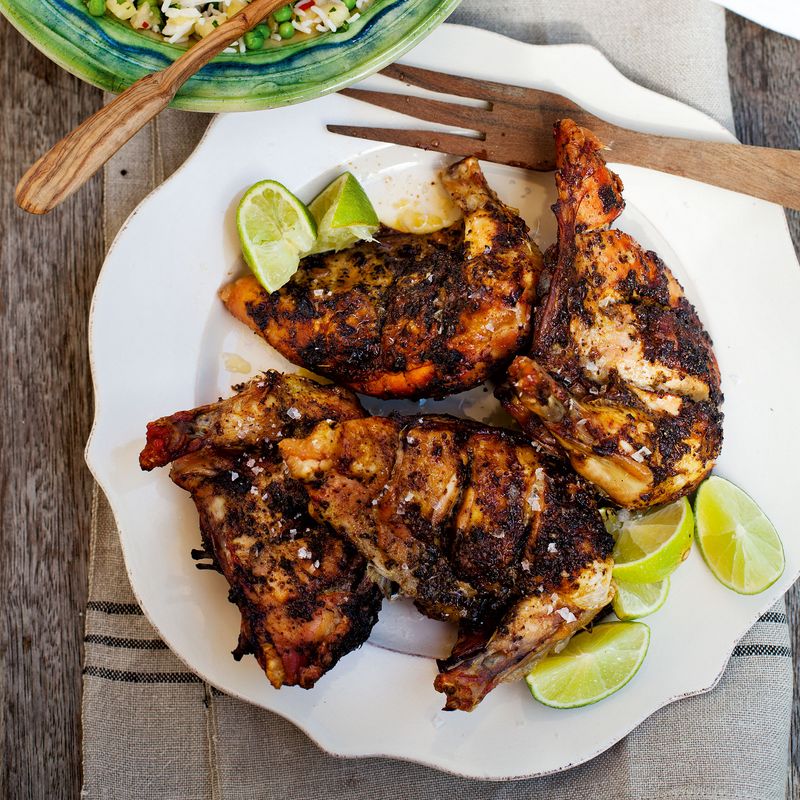
Scotch bonnet peppers are small but mighty, lighting up jerk chicken and pepper shrimp like no other chili can. Jamaican cuisine is a celebration of bold flavors and island vibes. The use of allspice, thyme, and ginger complements the fiery heat, creating dishes that are both spicy and aromatic. Jerk seasoning defines Jamaican spice, offering a distinctive flavor that’s both fiery and complex. The tropical setting enhances the experience, with the spice of the dishes perfectly balanced by the warmth of the sun. Jamaican food is a joyful exploration of heat and flavor.
8. Trinidadian
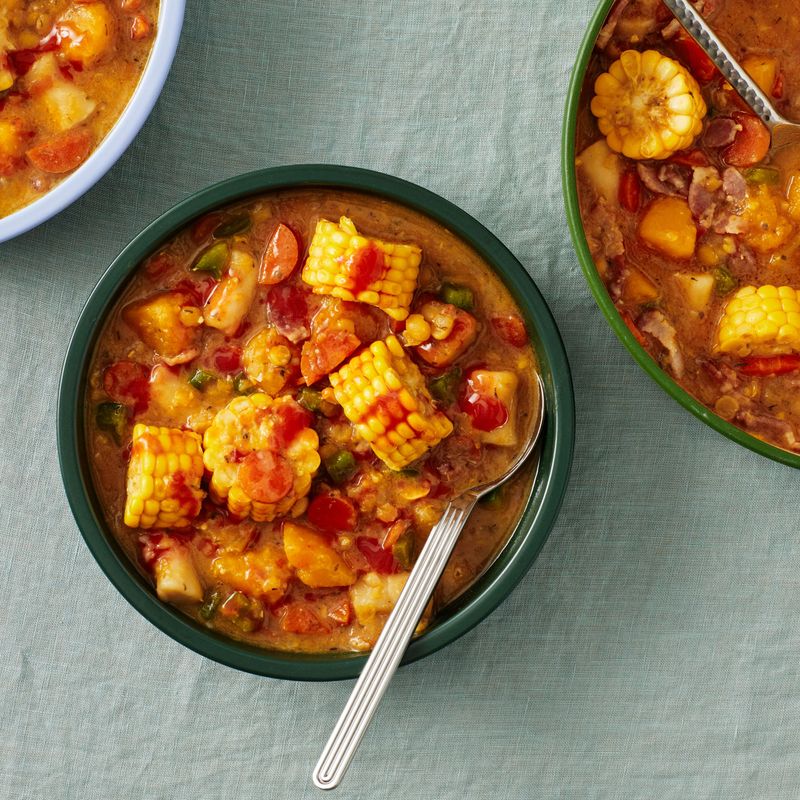
Trinidadian cuisine boasts the Moruga Scorpion pepper, one of the world’s hottest. Dishes like pepper roti and curry goat bring layered heat, challenging even the bravest spice lovers. This Caribbean island’s culinary landscape is rich with influences, from Indian to African, creating a vibrant tapestry of flavors. The Moruga Scorpion adds an intense kick that transforms traditional dishes into fiery delights. Despite the heat, there’s a balance of flavors that makes Trinidadian cuisine both exciting and satisfying. It’s an adventure for the palate, offering a taste of the island’s spicy spirit.
9. Malaysian
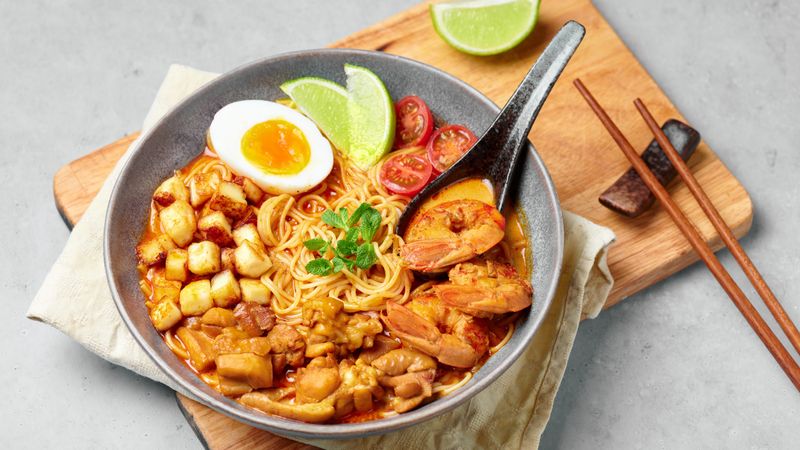
A fusion of Thai, Indian, and Chinese flavors, Malaysian cuisine is not shy about the spice. Expect sambals, curries, and stir-fries that offer a spicy kick and depth of flavor. The use of fresh ingredients and aromatic spices creates a culinary experience that’s both vibrant and intense. Street food culture thrives here, with vendors offering fiery dishes that tempt the senses. Whether it’s a spicy laksa or a chili-infused nasi lemak, Malaysian food is an exploration of spice and flavor. The diverse influences come together to create a cuisine that’s uniquely Malaysian.
10. Peruvian
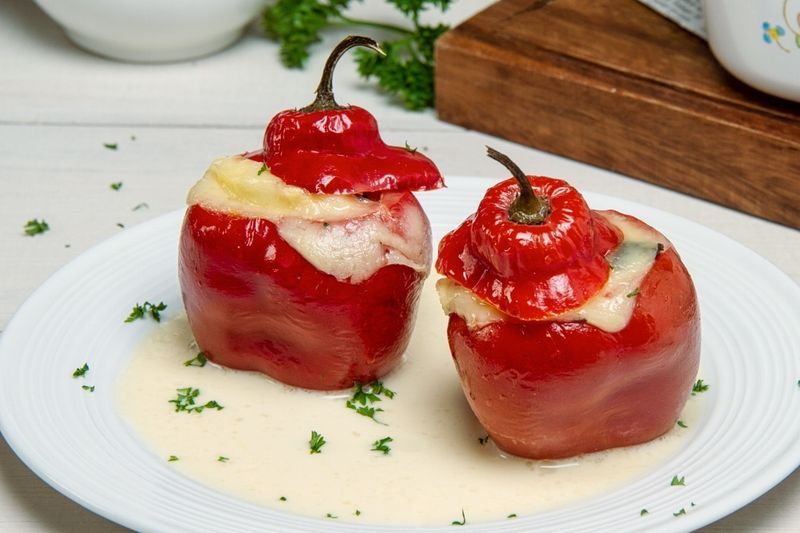
Aji amarillo and rocoto peppers bring both fruitiness and fire to classic Peruvian dishes like ceviche and papa a la huancaína. These peppers add a unique dimension to the cuisine, offering heat and complexity. Peruvian food is a celebration of diverse flavors and ingredients, with a focus on fresh and vibrant produce. The use of chilies enhances the natural flavors, creating a balance of spice and taste. Each dish tells a story of tradition and innovation, making Peruvian cuisine a delightful exploration of heat. It’s a fusion of history and modernity, with chilies at the heart.
11. Burmese (Myanmar)

Spices like dried chilies and pickled chili pastes are staples in Burmese noodle dishes and fermented salads. The complexity of flavors is enhanced by the use of local herbs and spices, creating a cuisine that’s both bold and nuanced. Burmese food is a reflection of the country’s rich cultural heritage, with influences from neighboring countries. The spiciness is balanced by the use of fresh ingredients, offering a harmony of flavors. Whether it’s a spicy noodle soup or a chili-infused salad, Burmese cuisine is an exciting exploration of taste. It’s a culinary journey that captures the essence of Myanmar.
12. Sri Lankan
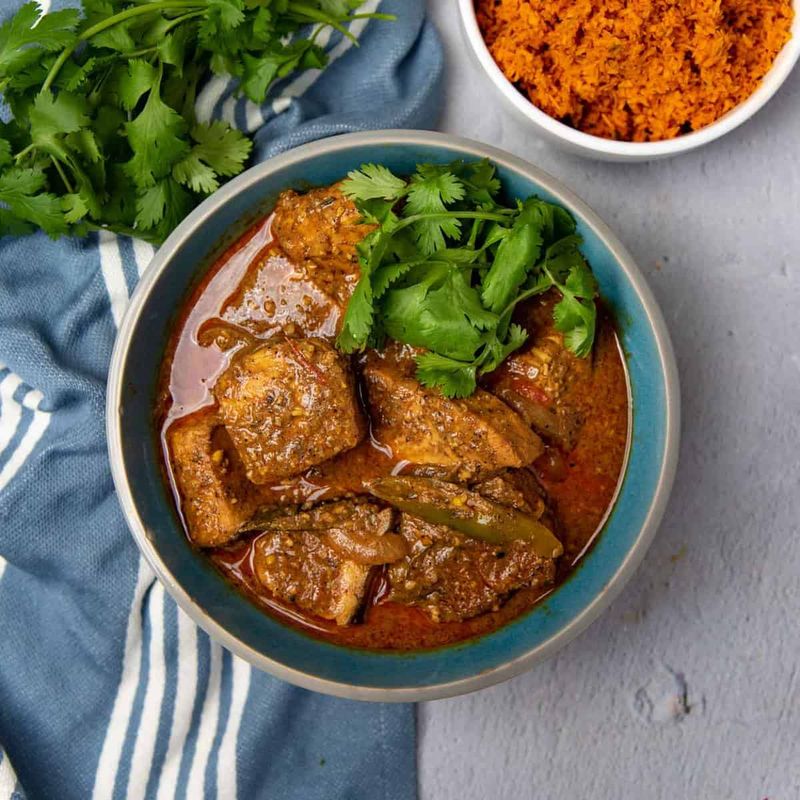
An often underrated spice powerhouse, Sri Lankan cuisine offers dishes like pol sambol and spicy coconut-based curries that leave a serious burn and serious flavor. The use of fresh spices like cinnamon, cardamom, and cloves adds depth to the heat, creating a rich tapestry of flavors. Sri Lankan food is as vibrant as the island itself, with dishes that excite the senses. The spiciness is a testament to the bold culinary traditions, offering a taste of the island’s rich heritage. The combination of heat and flavor makes Sri Lankan cuisine a must-try for spice lovers.
13. Algerian
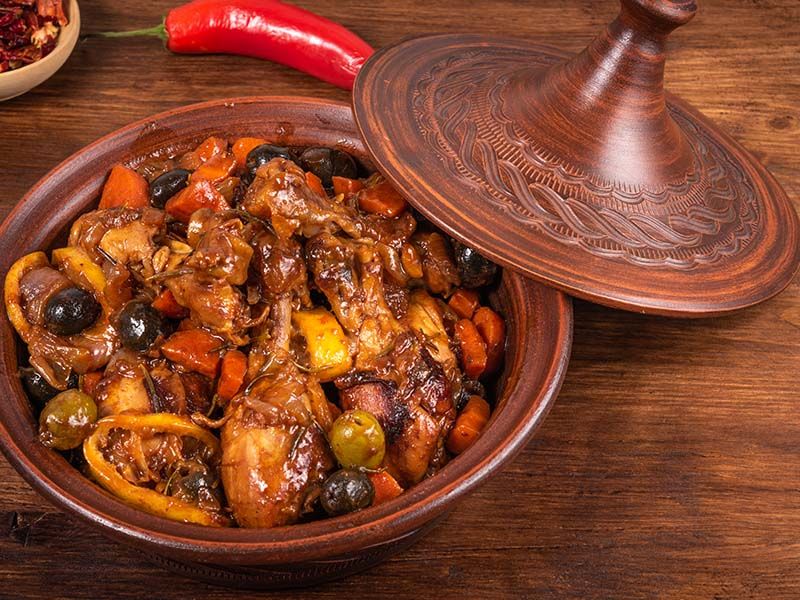
Harissa is the star of Algerian cuisine, a chili paste blended with garlic, olive oil, and cumin that lights up couscous, meats, and flatbreads. This fiery condiment adds a punch to traditional dishes, creating a unique flavor profile that’s both spicy and aromatic. Algerian food is a celebration of bold flavors and rich culinary traditions. The use of harissa transforms simple ingredients into complex dishes that excite the palate. Whether it’s a spicy stew or a chili-infused flatbread, Algerian cuisine is an exploration of taste and texture, offering a taste of North Africa’s vibrant culture.
14. Tunisian
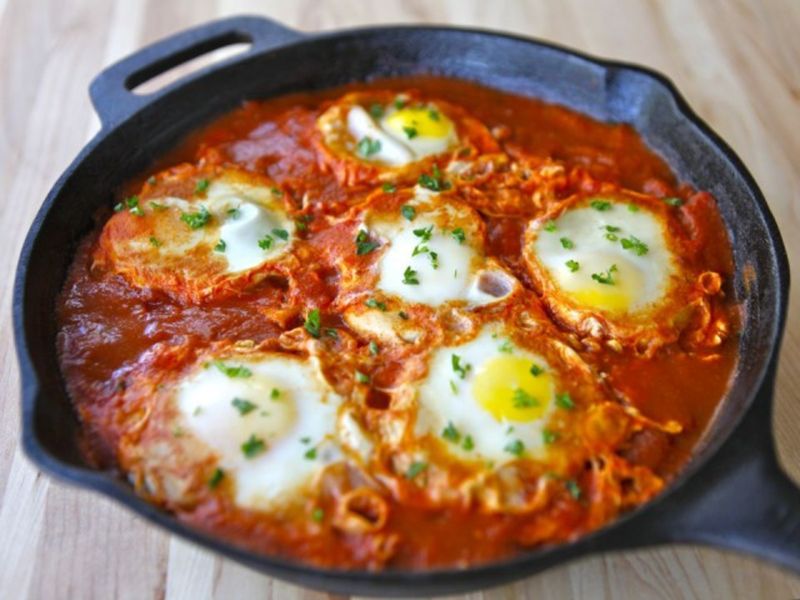
Like its North African neighbor, Tunisian cuisine uses harissa and spicy tomato-based stews like shakshouka and ojja. The spiciness is balanced by the use of fresh vegetables and aromatic spices, creating a rich and satisfying flavor. Tunisian food is a reflection of the country’s cultural diversity, with influences from the Mediterranean and the Middle East. The use of harissa adds a fiery kick to traditional dishes, making Tunisian cuisine a delightful exploration of spice. Whether it’s a spicy stew or a chili-laden salad, the flavors are bold and exciting, offering a taste of Tunisia’s vibrant culinary heritage.
15. Nigerian
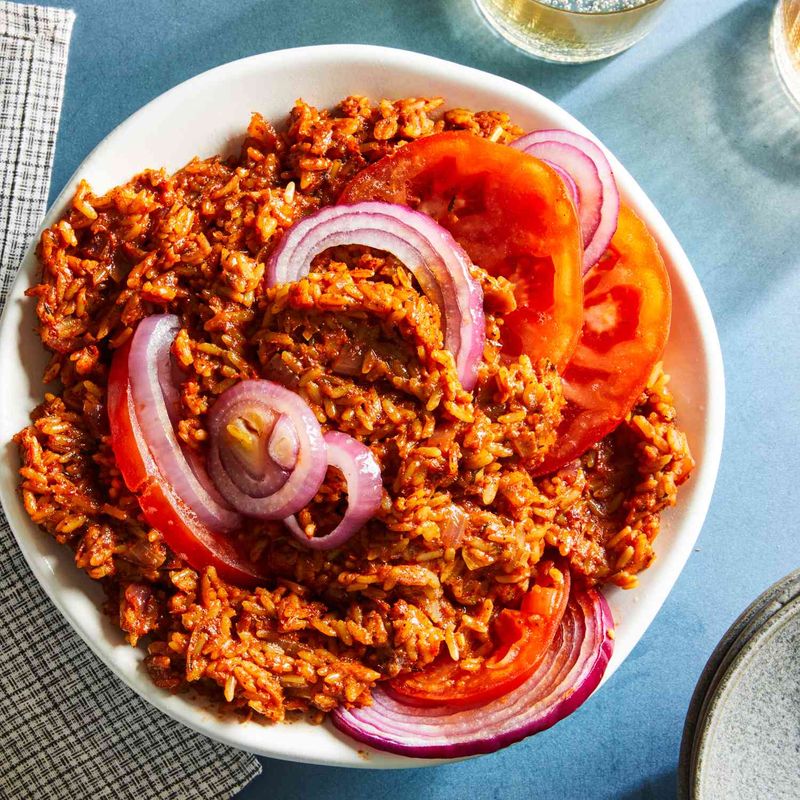
Pepper soup is no joke in Nigeria. Nigerians love hot, spicy broths and stews seasoned with chili powder, scotch bonnets, and local spice blends. These dishes are a celebration of bold flavors and traditional cooking methods. The heat is intense, offering a fiery experience that challenges the taste buds. Nigerian cuisine is a reflection of the country’s diverse culinary heritage, with dishes that are both spicy and satisfying. The use of fresh ingredients and aromatic spices creates a rich and complex flavor profile. It’s an adventure for the palate, offering a taste of Nigeria’s vibrant food culture.
16. Laotian
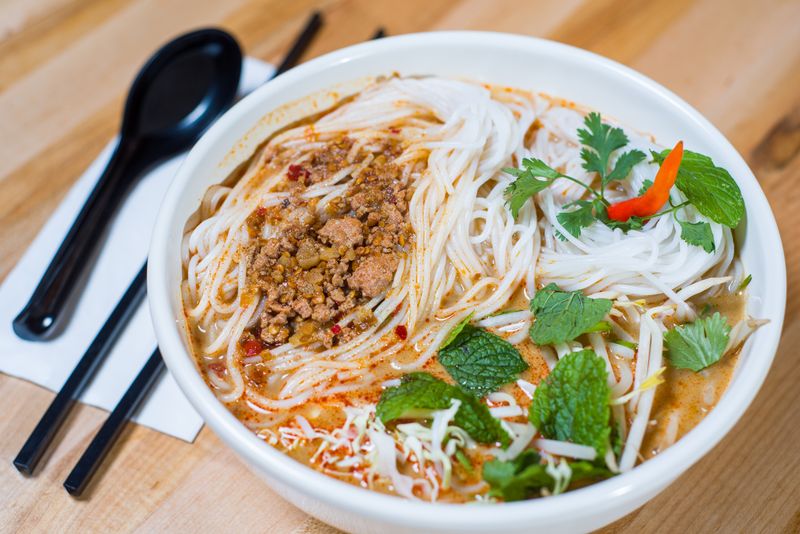
Laotian cuisine blends elements of Thai and Vietnamese heat, often using chili oil, crushed red pepper, and fermented fish sauce for depth. The combination of flavors creates a unique and exciting culinary experience. Laotian food is a celebration of fresh ingredients and bold spices, offering a balance of heat and taste. The spiciness is complemented by the use of fresh herbs and vegetables, creating dishes that are both vibrant and satisfying. Whether it’s a spicy soup or a chili-infused salad, Laotian cuisine is an exploration of taste and tradition, offering a glimpse into the country’s rich culinary heritage.
17. Nepalese

Pickled chilies and fiery chutneys are everywhere in Nepalese cuisine, bringing a spicy twist to traditional dishes. Even mild lentil dishes come with a spicy kick, offering a unique flavor profile that’s both fiery and complex. Nepalese food is a reflection of the country’s diverse culinary influences, with flavors that excite and satisfy the palate. The use of fresh ingredients and aromatic spices creates a rich tapestry of taste, offering a delightful exploration of heat. Whether it’s a spicy curry or a chili-laden pickle, Nepalese cuisine is an adventure for the senses, offering a taste of the Himalayas’ vibrant food culture.
18. Turkish (Southeastern regions)
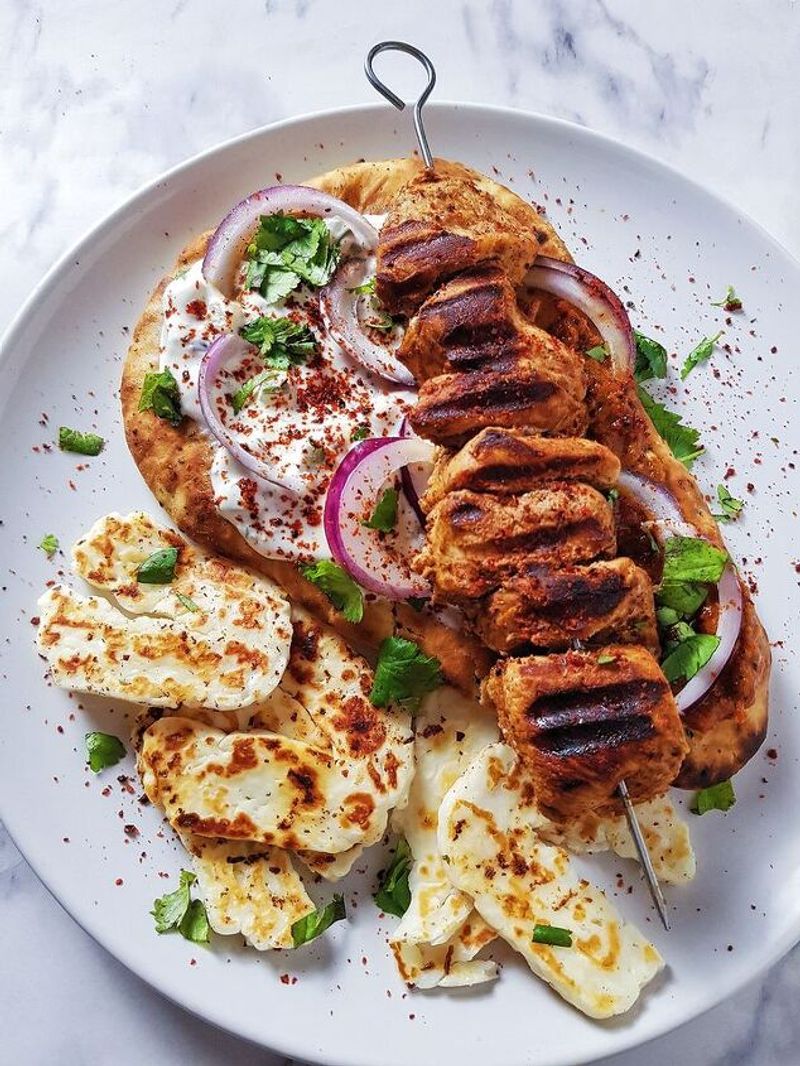
While not spicy everywhere, southeastern Turkish dishes like Adana kebab and isot pepper paste offer a good chili kick. The use of fresh ingredients and aromatic spices creates a rich flavor profile that’s both bold and satisfying. Turkish cuisine is a reflection of the country’s diverse culinary heritage, with dishes that celebrate both tradition and innovation. The spiciness is balanced by the use of fresh vegetables and herbs, creating a harmony of flavors. Whether it’s a spicy kebab or a chili-infused paste, Turkish cuisine is a delightful exploration of taste and texture, offering a taste of the country’s vibrant food culture.
19. Cambodian
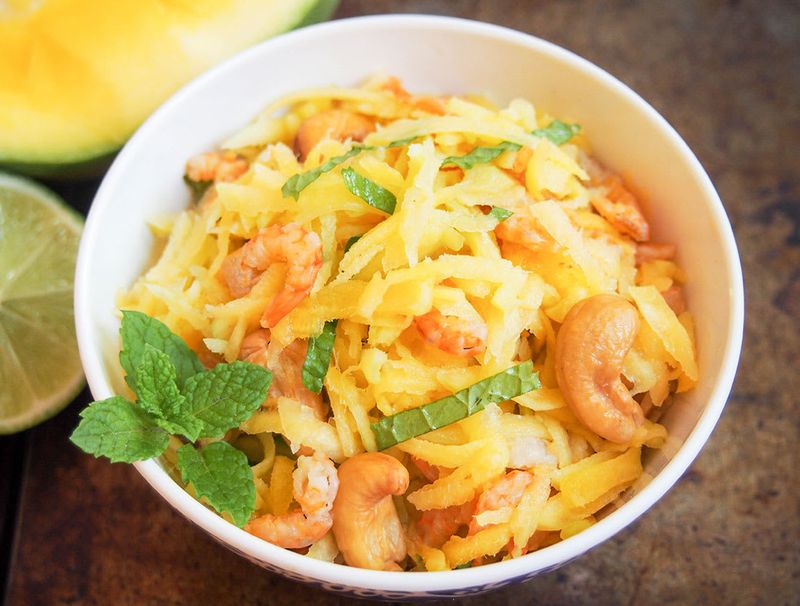
Less known for spice than its Thai neighbor, Cambodian dishes like green mango salad and beef lok lak can still pack surprising heat. The use of fresh ingredients and bold spices creates a unique flavor profile that’s both fiery and satisfying. Cambodian cuisine is a reflection of the country’s rich cultural heritage, with influences from neighboring countries. The spiciness is balanced by the use of fresh herbs and vegetables, offering a harmony of flavors. Whether it’s a spicy salad or a chili-laden stir-fry, Cambodian cuisine is an exciting exploration of taste and tradition, offering a glimpse into the country’s vibrant food culture.
20. Vietnamese
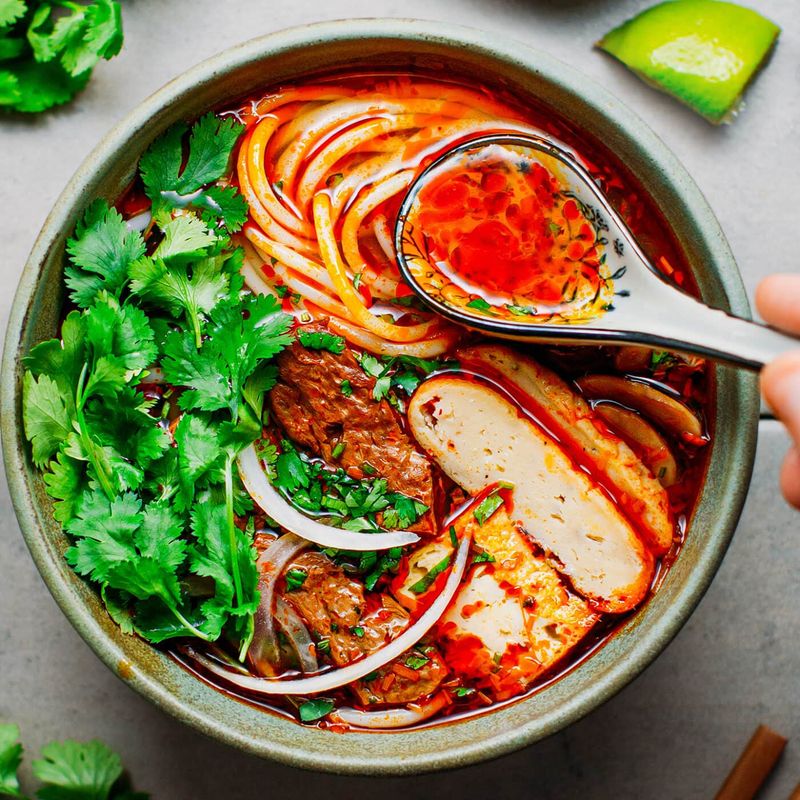
Generally more balanced, Vietnamese dishes like bun bo Hue and spicy lemongrass chicken can surprise spice-lovers with their punch. The use of fresh ingredients and aromatic spices creates a rich and satisfying flavor profile. Vietnamese cuisine is a reflection of the country’s diverse culinary influences, with dishes that are both spicy and delicate. The spiciness is complemented by the use of fresh herbs and vegetables, creating a harmony of flavors. Whether it’s a spicy noodle soup or a chili-infused stir-fry, Vietnamese cuisine is an exploration of taste and tradition, offering a glimpse into the country’s vibrant food culture.
